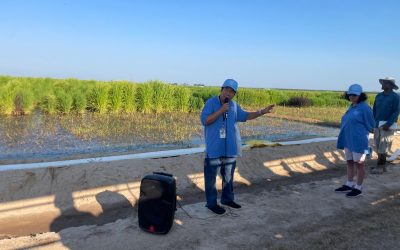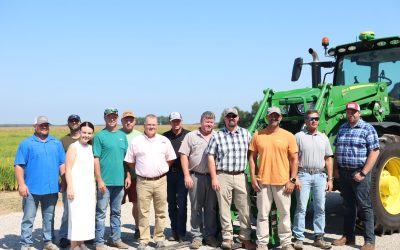In partnership with the US Rice Producers Association, the Stoesser family is offering a $5,000 scholarship each year...
LatestNews
read more
USRPA Participates in Stuttgart Rice Field Day
US Rice Producers Association was proud to participate in the 2025 Stuttgart Rice Field Day, held on a clear and...
Congressman Jason Smith Tours Missouri Rice Country
On Monday, USRPA's Mollie Buckler spent most of the day with Missouri Congressman Jason Smith and team on his annual...
In Memoriam: Manuel Jiménez Mercado
US Rice Producers Association (USRPA) extends its deepest condolences on the passing of Manuel Jiménez Mercado, a...
Washington, D.C. Update
Senate Confirms USDA Trade Under Secretary Luke Lindberg: On Saturday, August 2, the full Senate voted to confirm...
Market Update: Low Prices Contribute to Market Uncertainty
More exciting news for the rice industry emerged from Washington, D.C., this week, though it may heighten tensions...

Got any Questions? Call us Today!
+1-2345-6789-33
info@example.com







Recent Comments